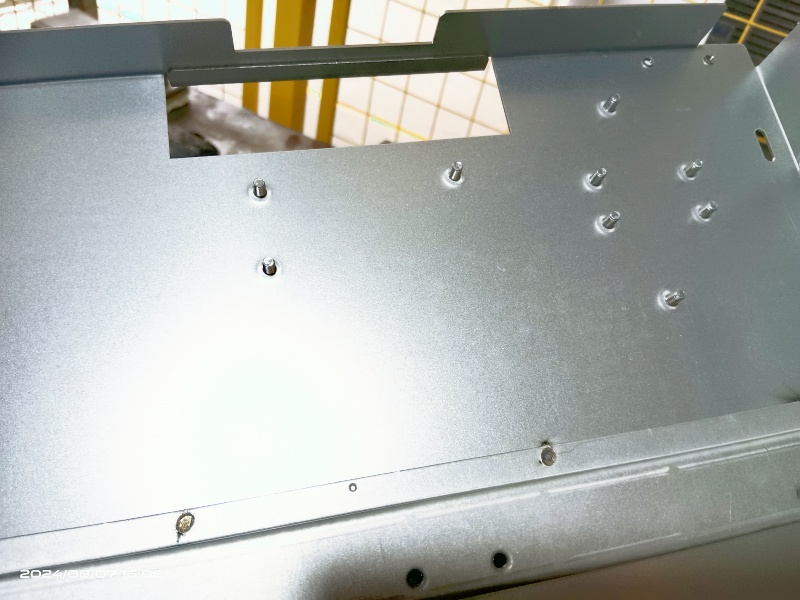Sheet metal bending is a manufacturing process used to shape metal sheets into desired angles or forms. It’s commonly used in the production of various metal components and products. Here’s a breakdown of the key aspects:
1. Process Overview
- Objective: To deform a metal sheet into a specific angle or shape without compromising its structural integrity.
- Common Techniques:
- V-Bending: The sheet is pressed between a punch and a die with a V-shaped opening.
- U-Bending: The sheet is bent in a U-shape using a punch and die with a U-shaped cavity.
- Air Bending: The sheet is bent with a punch that only partially deforms it, relying on the material’s elasticity to complete the bend.
2. Equipment Used
- Press Brake: A machine tool used for bending sheet metal. It typically includes a punch and die set.
- Roll Bender: Used for creating curves and cylindrical shapes.
- Folding Machines: Used for more complex bending operations, like creating intricate folds or box shapes.
3. Materials
- Common Metals: Aluminum, steel, stainless steel, and copper.
- Material Thickness: The thickness of the sheet metal affects the bending process and required equipment.
4. Factors Affecting Bending
- Material Properties: Includes hardness, ductility, and thickness.
- Bend Radius: The inside radius of the bend, which should be appropriate for the material to avoid cracking.
- Bend Angle: The angle to which the metal is bent, which should be accurately controlled to meet design specifications.
- Springback: The tendency of the material to return to its original shape after bending, which must be accounted for in the design and bending process.
5. Best Practices
- Material Selection: Choose a material with appropriate properties for the intended application.
- Tooling: Use well-maintained tools and dies to ensure precision and quality.
- Bend Allowance: Calculate and account for bend allowance, which is the extra length of material needed to accommodate the bend.
- Test Bends: Perform test bends to ensure the process settings are correct before full production.
6. Common Challenges
- Cracking: Can occur if the bend radius is too tight or the material is not suitable.
- Inaccurate Angles: Can result from improper equipment settings or material properties.
- Springback: May require adjustment of bend angles or additional processes to achieve the desired final shape.
If you have a specific question or need more detailed information, feel free to ask!
sheet metal fabrication company china | china sheet metal forming manufacturers | china sheet metal fabrication manufacturers | china custom sheet metal parts | china sheet metal fabrication companies | china sheet metal fabrication factory | sheet metal fabrication companies in china | sheet metal parts manufacturing china | china sheet metal parts manufacturers | china sheet metal parts company | china metal enclosure manufacturers | china aluminum sheet metal fabrication manufacturers | china sheet metal manufacturing manufacturers
